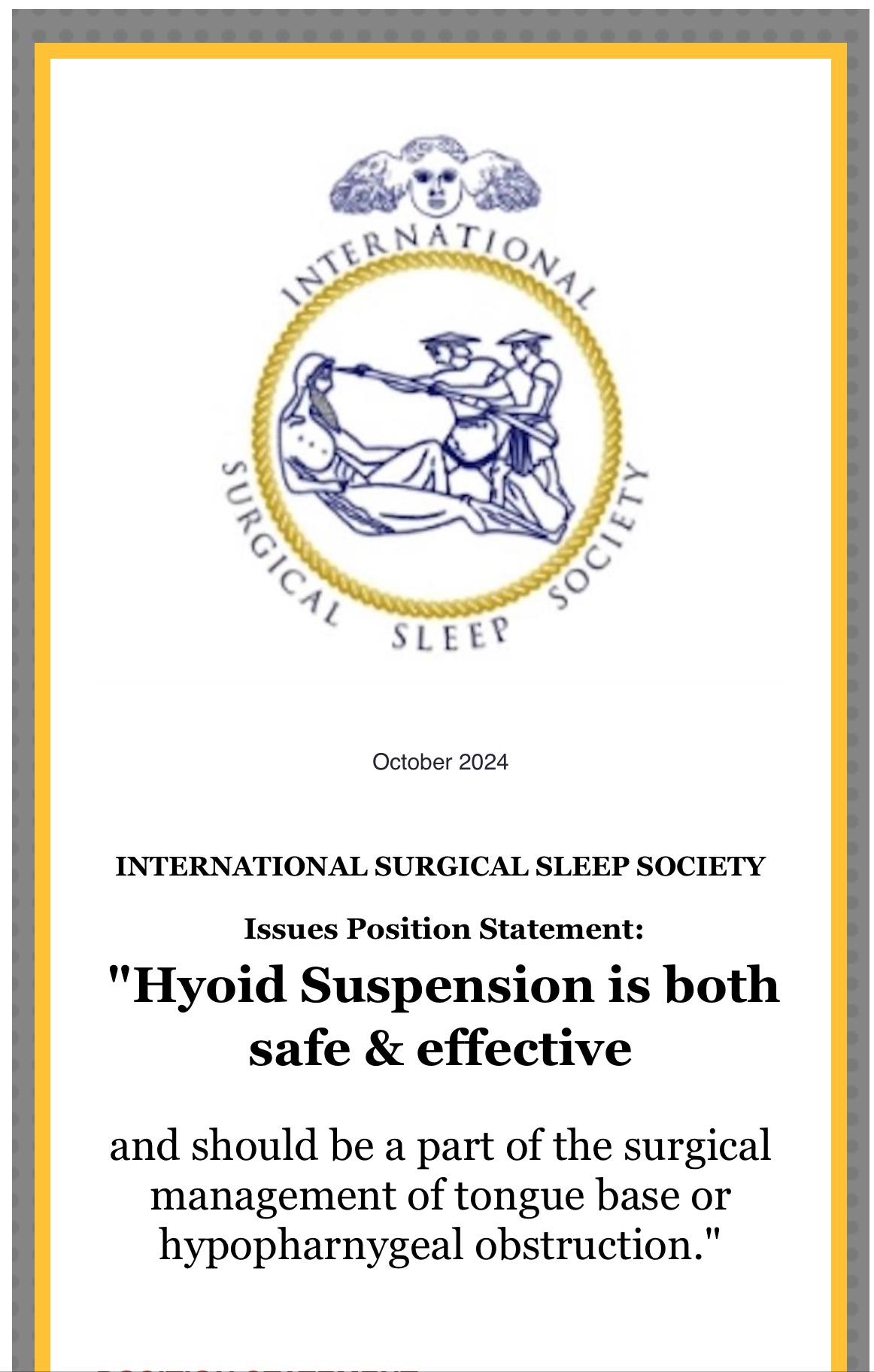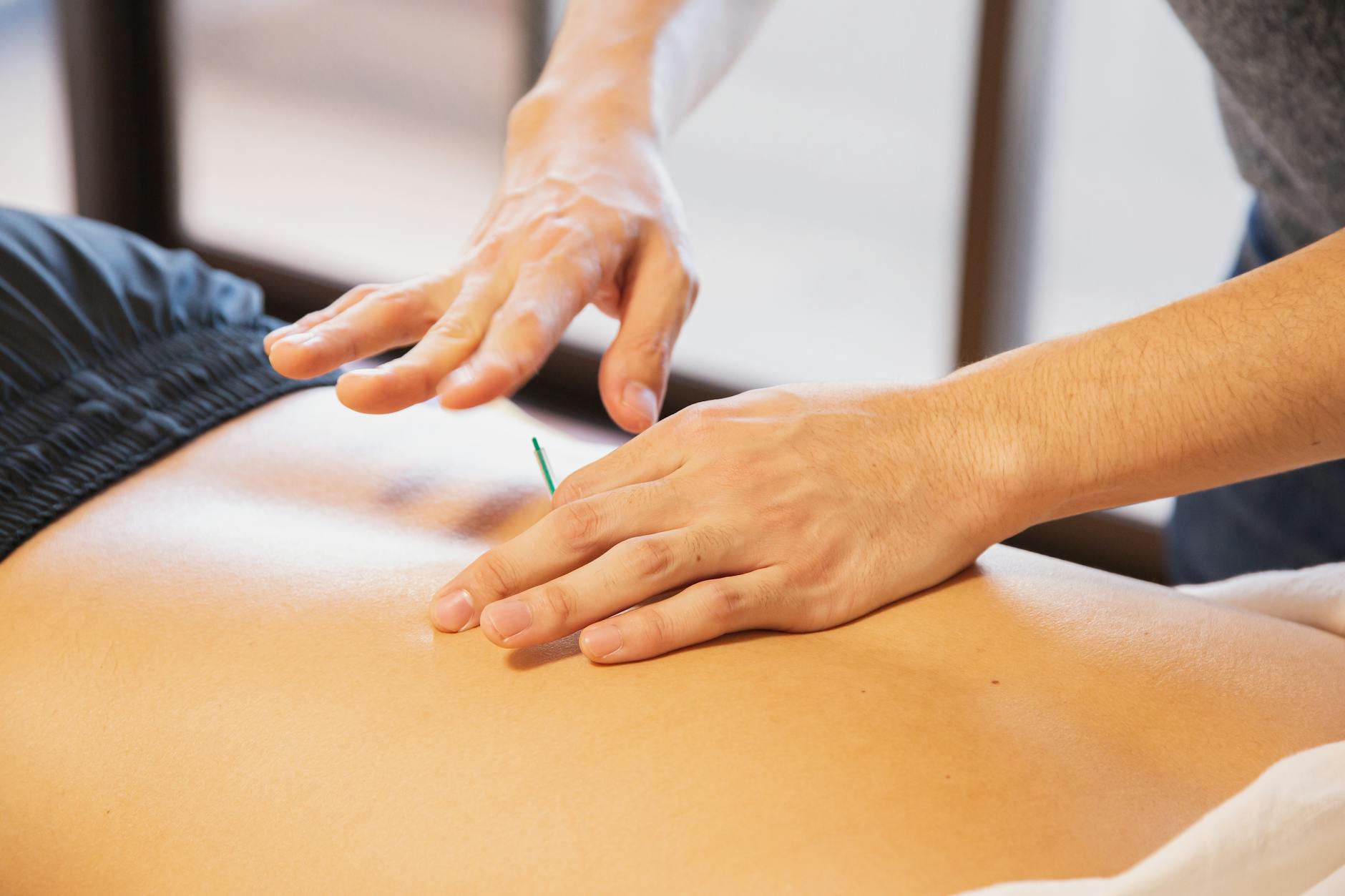


Tired of sleepless nights and groggy days? Millions struggle with sleep apnea, seeking a solution that doesn’t disrupt their lives. Enter the AIRLIFT procedure, a breakthrough for those battling obstructive sleep apnea. This treatment stands out because it’s minimally invasive yet highly effective. Forget about the daunting ordeal of major surgeries—AIRLIFT offers a swift, 30-minute procedure with minimal discomfort and a brief recovery period.
A far cry from cumbersome solutions or invasive interventions, AIRLIFT delivers immediate relief, reducing snoring and improving sleep quality almost overnight. Think of it as a simple fix with a profound impact. As sleep apnea treatments go, it’s a game-changer, offering an easy path to better sleep and, consequently, a better life. Ready to reclaim peaceful slumber? Let’s explore how AIRLIFT can transform your nights.
Obstructive Sleep Apnea (OSA) is more than just a midnight inconvenience—it’s a prevalent sleep disorder where breathing stops briefly and repeatedly. Imagine trying to breathe through a straw; that’s what it might feel like for those affected. With a growing number of people recognized as dealing with OSA each year, understanding its roots, signs, and consequences is vital.
Several elements come together to trigger OSA. Obesity is a primary cause, as excess weight can increase neck tissue, restricting airways. Genetics also plays a role; some individuals inherit physical traits like a smaller jaw or larger tonsils that can increase vulnerability. Anatomical variations such as enlarged tonsils, nasal polyps, or a thick neck circumference can also contribute.
Additionally, certain lifestyle factors like smoking or alcohol consumption can exacerbate symptoms. Smokers are three times more likely to have OSA than non-smokers, and alcohol relaxes the throat muscles, worsening the condition.
Not sure if sleep apnea might be affecting you? Here are some common symptoms:
These symptoms might interrupt not just your sleep, but your partner’s as well.
Ignoring OSA is akin to ignoring a warning light on your car’s dashboard—potentially catastrophic. Untreated OSA significantly increases the risk of serious conditions like heart disease and stroke due to the strain on your heart when deprived of oxygen.
The brain also suffers. Constant interruptions in sleep can impair memory, attention, and decision-making. Imagine trying to think clearly through a fog—that’s what many with untreated OSA experience.
Additionally, it can lead to insulin resistance, a precursor to type 2 diabetes. For those already battling hypertension, OSA can make it harder to control blood pressure levels.
Effectively tackling these symptoms with the right treatment is crucial for health and well-being.
The AIRLIFT procedure is an innovative surgical option designed to treat obstructive sleep apnea (OSA) by stabilizing the airway. This minimally invasive technique focuses on repositioning specific anatomical structures to reduce airway obstruction, offering a significant improvement in sleep quality and reducing symptoms like snoring. As a solution, it stands out due to its simplicity and effectiveness, providing relief without the need for more invasive surgery. Now, let’s break down how the AIRLIFT procedure works and what makes it beneficial.
Imagine your throat as a music band, where each member (or in this case, anatomical structure) is pivotal in creating harmony. The AIRLIFT procedure fine-tunes one such member—the hyoid bone, a U-shaped bone located at the base of the tongue. By repositioning this bone anteriorly (towards the front), it stabilizes the airway, much like adjusting a music stand to ensure a clear, uninterrupted sound. This strategic shift helps maintain an open airway during sleep, significantly reducing the breathing interruptions characteristic of sleep apnea.
The AIRLIFT procedure is strikingly straightforward for both patients and surgeons. Here’s a glimpse of how it unfolds:
The AIRLIFT procedure is not only effective but also comes with a host of advantages that make it a preferred choice for many sufferers of OSA:
In a field where treatment options can often feel cumbersome or overly complex, the AIRLIFT procedure offers an elegant, efficient solution to sleep apnea that prioritizes patient comfort and long-term effectiveness.
The AIRLIFT procedure is a promising option for many seeking relief from obstructive sleep apnea. Understanding who stands to benefit the most can guide patients toward better sleep and overall health. Here’s a closer look at the ideal candidates and what potential patients can expect during their initial consultation.
Not everyone with sleep apnea is a candidate for AIRLIFT. However, for certain individuals, it offers an optimal solution. The typical candidate profile includes:
Assessing these criteria helps determine your suitability for the procedure. It’s like finding the perfect fit for a puzzle piece; not every piece will fit, but when it does, it completes the picture beautifully.
What can you expect when pursuing the AIRLIFT procedure? The journey begins with a thorough consultation and evaluation:
This step is essential. Just as you wouldn’t embark on a journey without a map, undergoing surgery requires a clear understanding of the path ahead.

Crop anonymous male doctor putting needles on back during acupuncture therapy session in rehabilitation salon
Navigating the many treatments for obstructive sleep apnea can feel overwhelming. Yet, the AIRLIFT procedure offers an option worth considering for those who meet the criteria. With the right guidance, achieving better sleep and improved health is within reach.
The journey to reclaiming restful sleep through the AIRLIFT procedure is more than just a quick surgery; it’s an adventure toward long-term health benefits. This section focuses on what patients can expect in terms of care routines, success rates, and recovery.
After undergoing the AIRLIFT procedure, some specific post-operative care routines help ensure a smooth recovery:
Guiding recovery is like nurturing a plant; each step helps ensure a flourishing outcome.
The AIRLIFT procedure isn’t just effective; it boasts impressive success rates and significant patient satisfaction:
Achieving these results is akin to cresting the summit after a long climb—the view is worth every step.
The AIRLIFT procedure opens up a world of possibilities for those battling sleep apnea. With a clear path outlined for recovery, success isn’t just likely; it’s achievable with the right care and expectations.
Exploring the options for addressing Obstructive Sleep Apnea (OSA) can be daunting. While Continuous Positive Airway Pressure (CPAP) therapy remains a standard, newer solutions like the AIRLIFT procedure are gaining traction. Let’s break it down.
CPAP therapy has long been the go-to remedy for OSA, applying continuous air pressure to keep airways open during sleep. But is it always the best choice?
Choosing between them can be like choosing between a diet and a lifestyle change—one requires constant attention, while the other seeks a lasting impact.
What about traditional surgery? It’s widely used, but does it measure up to AIRLIFT’s promises?
For many, the choice between traditional surgery and AIRLIFT feels like choosing between a marathon and a short jog—the outcome may be similar, but the journey differs vastly.

An X-ray Image of a Jawbone in the Computer
Navigating sleep apnea treatments requires weighing the pros and cons based on lifestyle, comfort, and long-term goals. Whether it’s AIRLIFT’s minimally invasive approach or the reliability of CPAP, understanding each option tilts the scales towards a more peaceful night’s sleep.
The AIRLIFT procedure offers a real chance for those grappling with obstructive sleep apnea to finally breathe easy. It’s more than just an alternative treatment—it’s a way to reclaim restful nights with minimal hassle. Patients experience less pain, quick recovery, and notable, lasting improvement in sleep quality.
If you’re tired of waking up tired, take control of your health. Consult with a sleep specialist to see if AIRLIFT is right for you. Why wait? Better sleep is within reach. Let the AIRLIFT transform your nights and your life.





